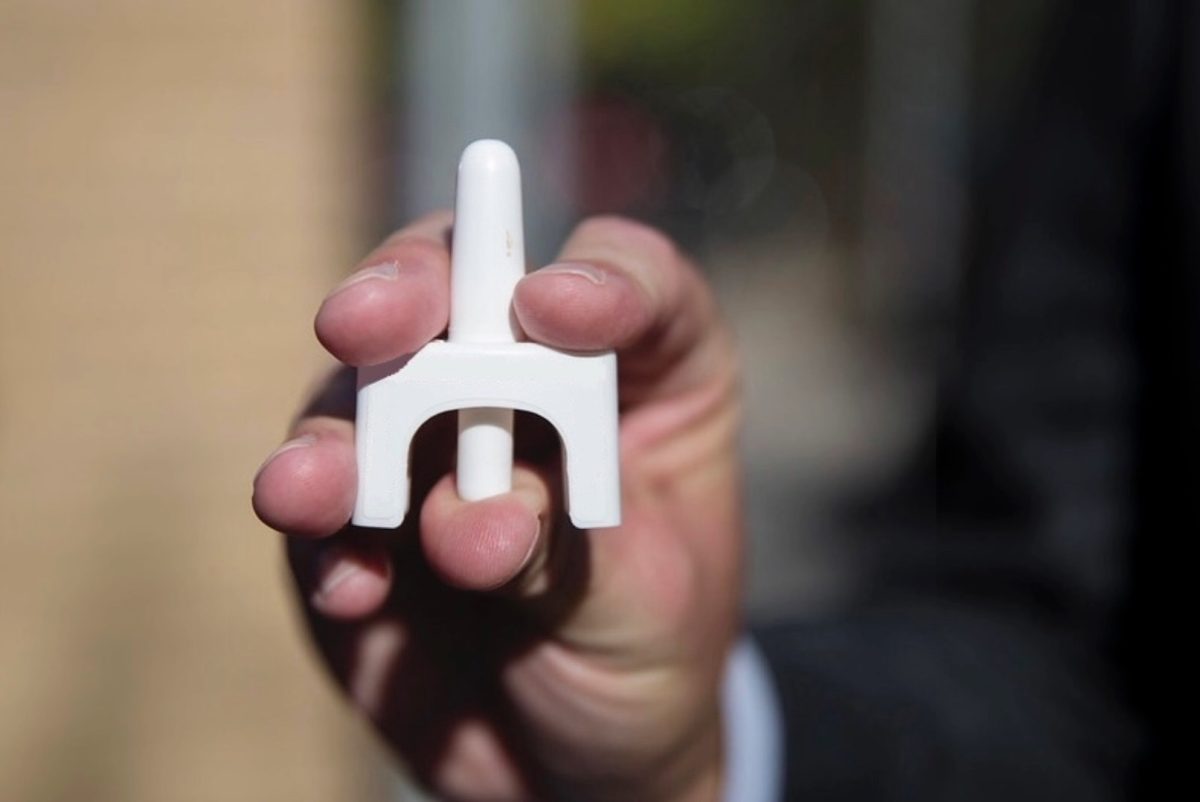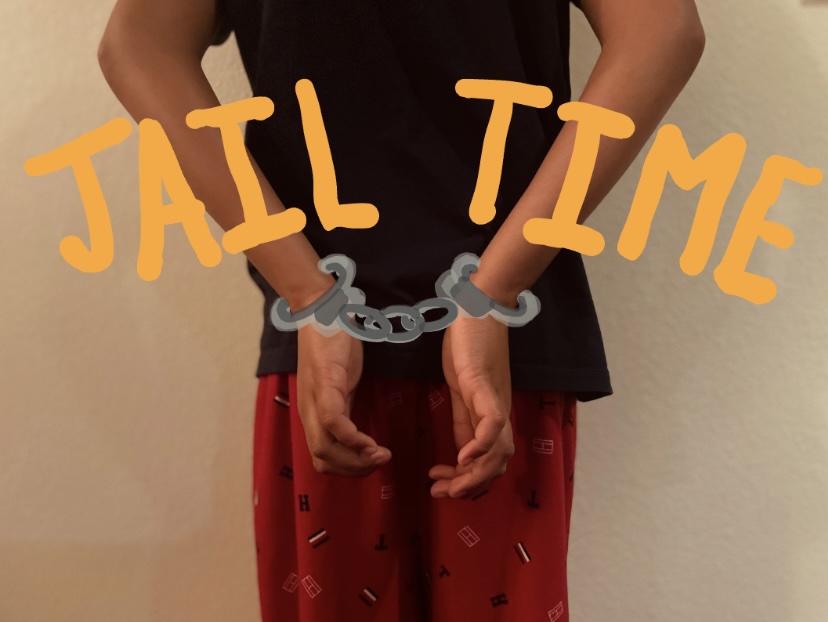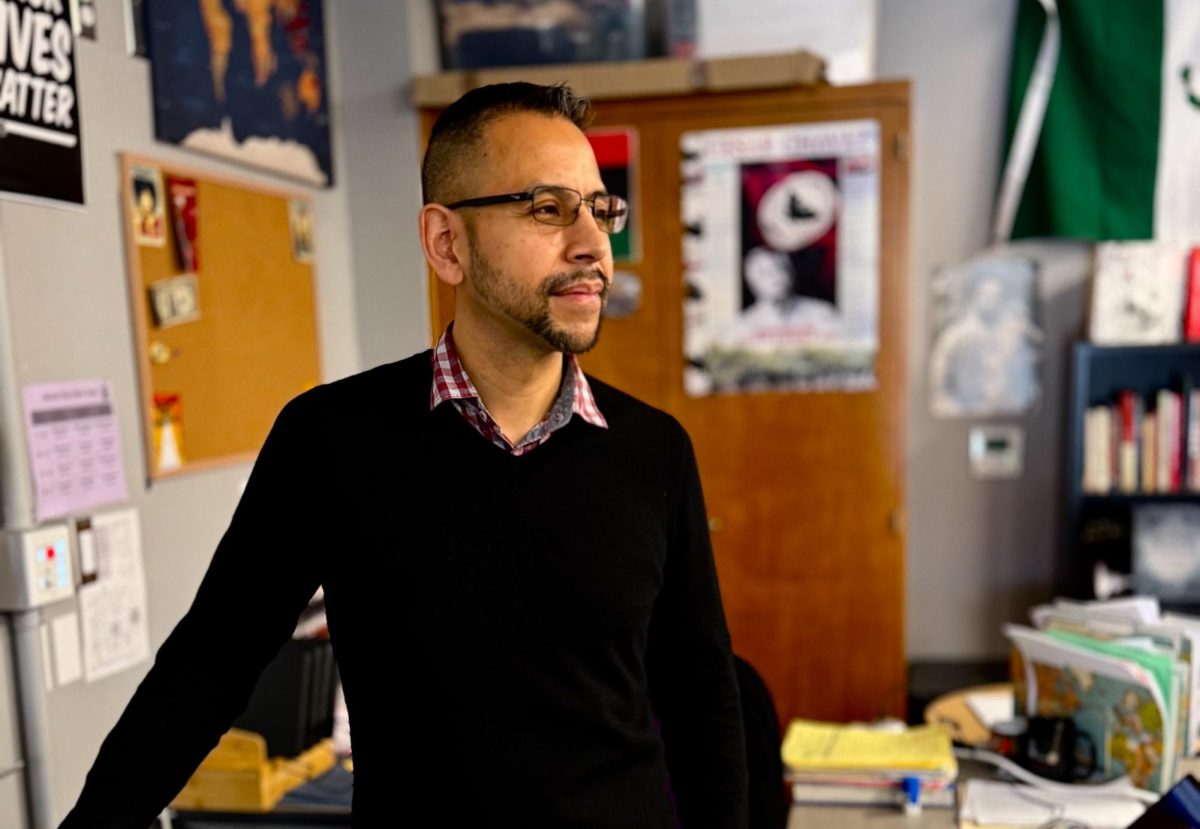The Marvel Cinematic Universe (MCU) has a storied history of evolving its characters’ designs to adapt iconic comic book appearances into cinematic spectacles. Among the many characters being reimagined for the screen is Red Hulk, who is set to appear in the upcoming film, Captain America: Brave New World. The introduction of this character marks a pivotal moment for Marvel fans, as Red Hulk brings a mix of raw power and complex narrative potential. This article explores the artistic and conceptual decisions that shaped Red Hulk’s design for the film.
Red Hulk: A Brief Comic Book History
Red Hulk, also known as General Thaddeus “Thunderbolt” Ross in his transformed state, first appeared in Marvel Comics in Hulk #1 (2008), created by Jeph Loeb and Ed McGuinness. Unlike the original green Hulk, Red Hulk is characterized by his crimson hue, glowing yellow eyes, and his ability to emit intense heat when angered. These traits not only distinguish him visually but also enhance his narrative as a formidable, morally ambiguous adversary. Ross’s transformation into the Red Hulk represents a culmination of his obsession with defeating the Hulk, making him one of the most compelling anti-heroes in Marvel lore.
Translating the Comics to Live-Action
Bringing a character like Red Hulk to life presents unique challenges. The MCU is known for blending fidelity to source material with practical considerations of live-action storytelling., For Captain America: Brave New World, the design team aimed to strike a balance between the comic-accurate depiction of Red Hulk and the gritty realism that has become a hallmark of the MCU.
- Color Palette and Skin TextureRed Hulk’s crimson skin is his most defining feature, and the filmmakers faced the challenge of making it look believable on screen, Instead of opting for a flat, uniform red, the design incorporates a spectrum of shades, ranging from deep maroon in shadowed areas to fiery crimson under brighter light. This dynamic coloring gives the character a more three-dimensional, lifelike appearance.The skin texture also plays a critical role. Unlike the smooth, rubbery appearance of some CGI characters, Red Hulk’s skin is designed to resemble cracked lava or scorched earth, reinforcing his volatile, heat-emitting powers. Subtle animations of glowing veins pulsating beneath the surface further enhance his otherworldly aura.
- Facial Features and ExpressionTo maintain continuity with General Ross’s human appearance, the design team incorporated actor Harrison Ford’s likeness into Red Hulk’s facial structure. Ford’s distinctive features—including his strong jawline and furrowed brow—are exaggerated in the transformation, giving Red Hulk a menacing yet recognizable visage. This approach allows the audience to connect the monstrous form with Ross’s personality, ensuring emotional continuity.Motion capture technology was employed to capture Ford’s nuanced facial expressions, enabling Red Hulk to convey a range of emotions beyond mere rage. This technological enhancement ensures that Red Hulk’s on-screen presence is as emotive as it is intimidating.
Costuming and Accessories
Though the Hulk is typically portrayed without clothing, Red Hulk’s design integrates elements of his military background. For Brave New World, the character is shown wearing tattered remnants of his military uniform, including a shredded jacket and boots. These details ground the character in his identity as General Ross and contrast with the more feral depiction of the green Hulk.
Additionally, Red Hulk wields a modified weapon in the film: a heat-absorbent gauntlet that enhances his combat abilities. This new accessory not only adds visual interest but also underscores the character’s tactical mindset, even in his transformed state.
Visual Effects and CGI Innovations
Red Hulk’s immense size and superhuman abilities necessitated the use of cutting-edge CGI. To achieve a seamless integration with live-action elements, the visual effects team used advanced rendering techniques to simulate realistic lighting and textures. Each muscle and movement was meticulously animated to ensure that Red Hulk’s actions appeared both powerful and grounded.
The character’s heat emission is another key aspect of his design. Visual effects artists created a subtle heat haze effect around Red Hulk, making the air shimmer as if distorted by intense temperatures. In moments of extreme anger, his body glows with a molten intensity, a visual cue that underscores his escalating power levels.
Integrating Red Hulk into the MCU Aesthetic
The MCU has consistently adapted its characters to align with its overarching aesthetic, which combines realism with a touch of the fantastical. For Red Hulk, the design team drew inspiration from both comic book art and scientific principles. His heat emission, for instance, was modeled after thermal imagery, adding a layer of authenticity to his powers.
The team also worked to ensure that Red Hulk’s design complemented the film’s overall tone. Captain America: Brave New World explores themes of power, responsibility, and the consequences of unchecked ambition—concepts embodied by Red Hulk’s character arc. As such, his design reflects not only his physical might but also the emotional and moral complexities of his transformation.
Harrison Ford’s Involvement and Performance
Harrison Ford’s portrayal of General Ross adds a layer of gravitas to the character’s MCU debut as Red Hulk. Known for his commanding presence and ability to portray conflicted characters, Ford’s involvement shaped both the narrative and visual direction of Red Hulk.
During interviews, the design team revealed that Ford provided extensive input on the character’s visual portrayal, ensuring that the monstrous transformation retained a sense of humanity. His motion-captured performance became the foundation for animators, who worked to translate his nuanced acting into Red Hulk’s exaggerated form.
Fan Expectations and Reception
The announcement of Red Hulk’s inclusion in Brave New World generated significant excitement among fans, many of whom have eagerly awaited his live-action debut. Early concept art and trailers showcasing Red Hulk’s design have been met with largely positive reactions, with fans praising the attention to detail and the character’s imposing presence.
However, some fans have expressed concerns about the reliance on CGI for such a prominent character. To address these concerns, the filmmakers emphasized their commitment to blending practical effects with digital artistry. For example, certain scenes were filmed with practical props and on-set lighting to ensure a realistic interaction between Red Hulk and his environment.
Thematic Implications of Red Hulk’s Design
Red Hulk’s visual transformation symbolizes more than just raw power; it represents the internal struggle of a man consumed by his ambitions. The design team aimed to reflect this duality in every aspect of the character’s appearance. His glowing veins and heat distortion suggest an unstable, barely-contained energy, mirroring Ross’s inner turmoil.
Furthermore, the inclusion of military elements in his design serves as a reminder of Ross’s identity and the consequences of his choices. By retaining these humanizing elements, the filmmakers ensure that Red Hulk remains a complex, multi-dimensional character rather than a one-dimensional monster.
Conclusion
The design of Red Hulk in Captain America: Brave New World exemplifies the MCU’s commitment to honoring its source material while adapting it for a cinematic audience. By blending comic book accuracy with innovative visual effects and a strong narrative foundation, the filmmakers have created a character that is both visually stunning and thematically resonant.
As audiences eagerly anticipate the film’s release, Red Hulk’s design stands as a testament to the creative possibilities of bringing comic book icons to life on the big screen. Whether he emerges as a villain, an anti-hero, or something in between, one thing is certain: Red Hulk’s presence in the MCU will be unforgettable.






